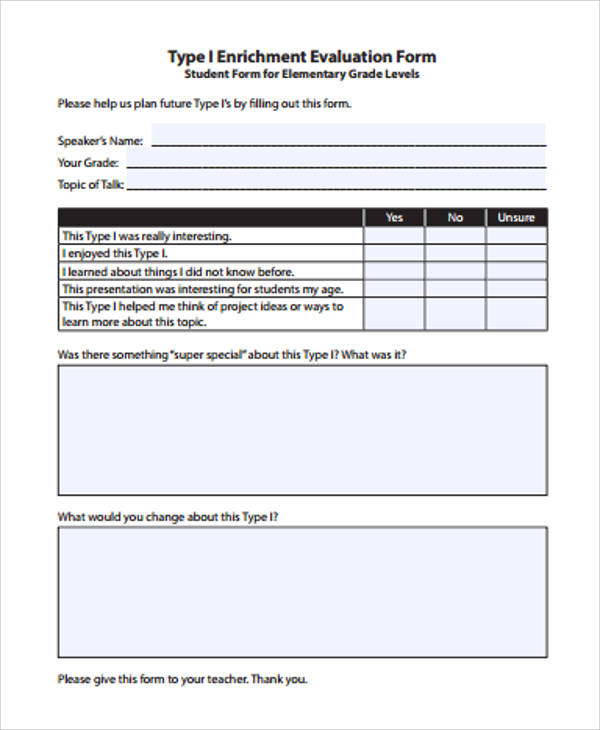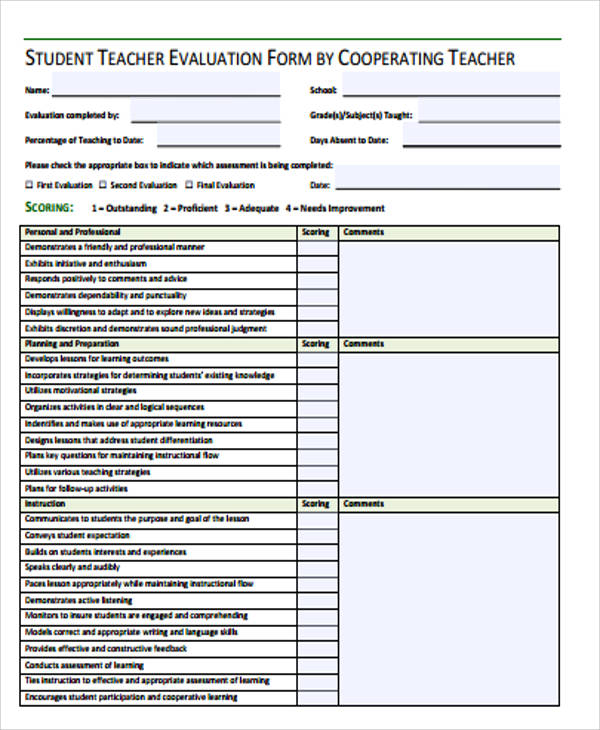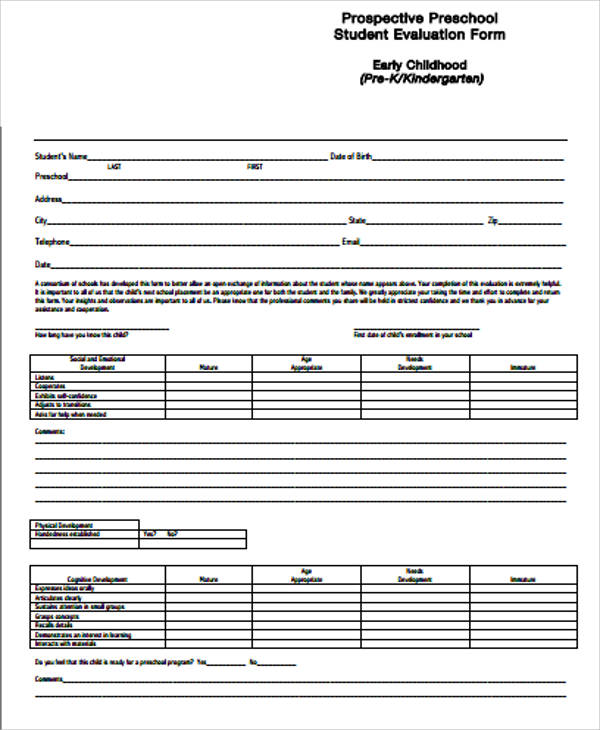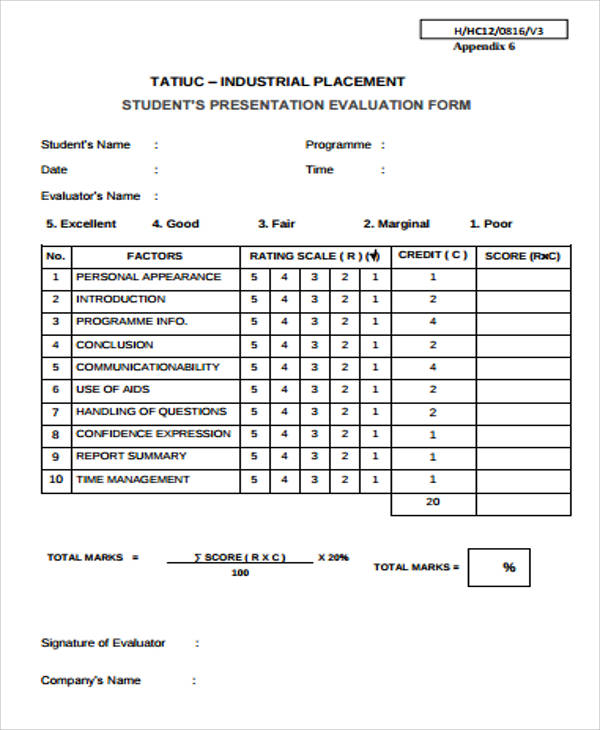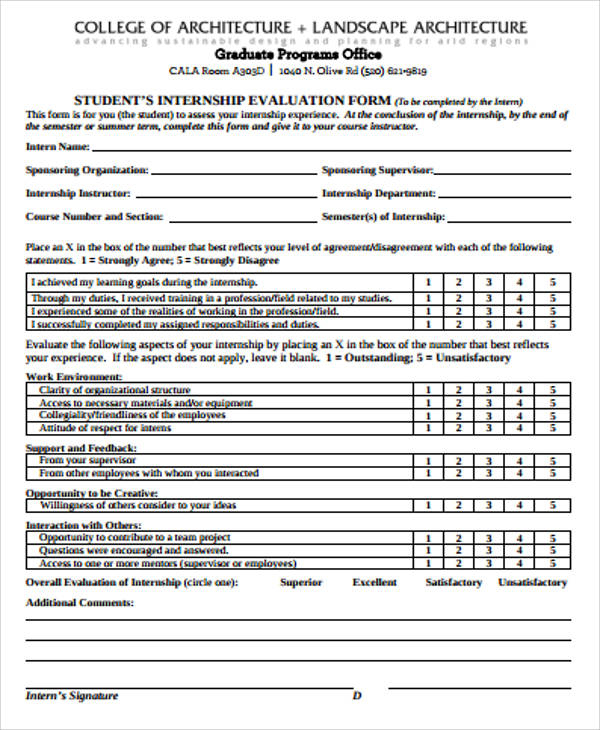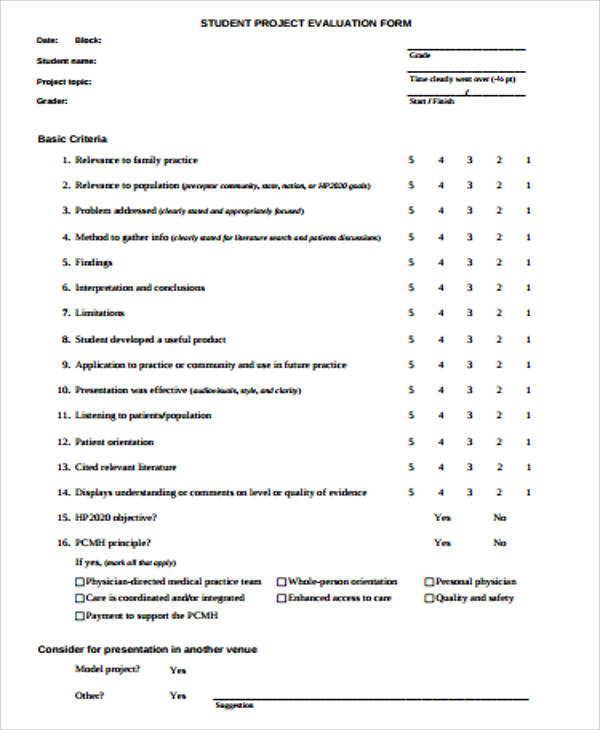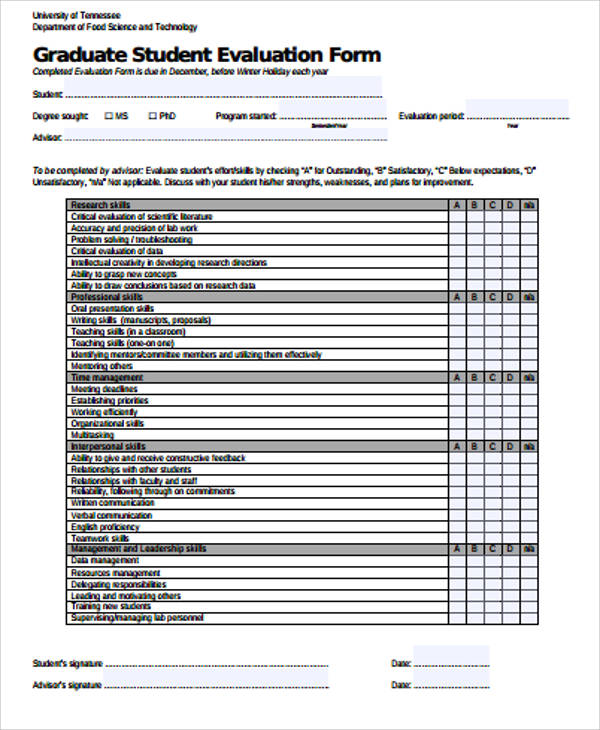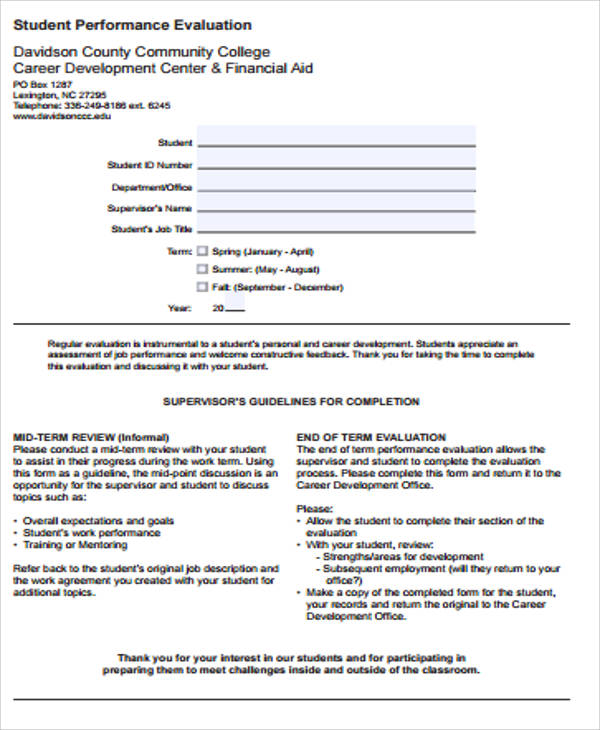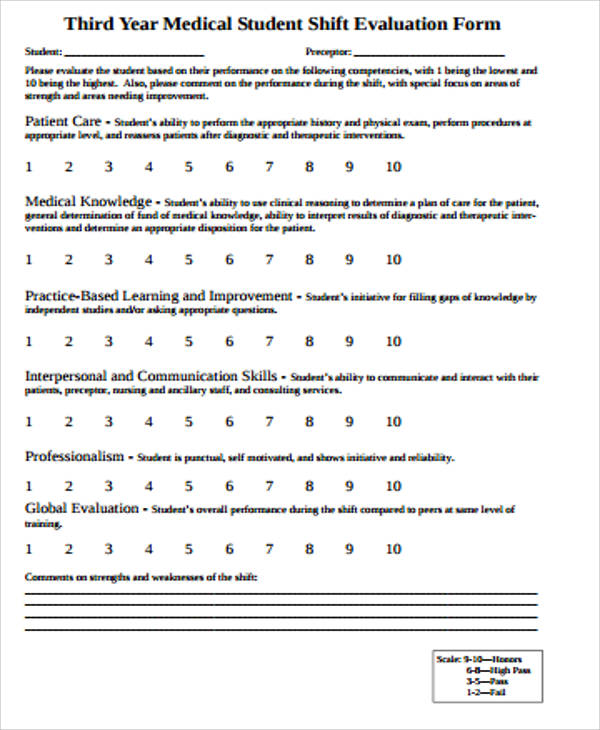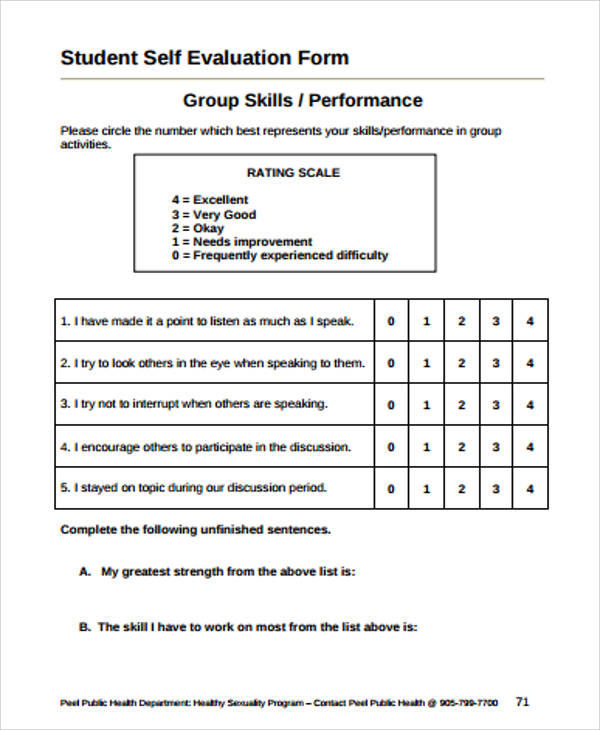Generally speaking, the relationship between a teacher and a student has never really been smooth. Ideally, teachers would be great influencers in a child’s life. They are supposed to be the encourages and the motivators, the ones who make the kids see a future past recess. In an ideal world, students look at their teachers admiringly and with deep respect.
Unfortunately, we do not live in an ideal world.
In our world, students mock their teachers and make fun of their quirks and mannerisms.
In our world, teachers have too much on their hands that every kid’s face eventually begin to just blur together.
In our world, it’s usually too late before we realize the value that our teacher’s could’ve added into our lives, if only we let them.
Open communication could be an essential tool in making the difference between a world that should be and a world that is. Giving students a chance to evaluate their teachers and vice versa could turn out very beneficial for both parties. See these Sample Forms available on the site to use as a guideline.
Elementary Student Evaluation Form
Student Teacher Evaluation Form in PDF
Pre-School Student Evaluation Form
Student’s Presentation Evaluation Form
Internship Student Evaluation Form
Student Evaluation Form
It’s a common scenario: a student sees a big red F on their paper, crumples it, and mutters under their breath, “This is unfair! That teacher doesn’t like me!”
To prevent students from thinking this way, some teachers have decided to use an evaluation form so that students could see exactly why they got the grade they did. Some teachers might even give the kids a Performance Evaluation Form or a Group Self-Evaluation Form, for group activities, that they fill out and use to rate themselves and would account for a fraction of their grades.
When coming up with the rubrics of an evaluation form for a student, you can do the following:
- Classify each factor into bigger chunks. For example, your grading criteria for a group presentation could include content, presentation, and teamwork.
- Specify what are included in each criteria. For example, under the presentation criteria, you could have costumes, props, audios, and visuals.
- Mention how much each criteria is worth. Tell the students how much each factor would influence their overall grade.
- Be constructive. Include a section where you would comment on their work. Remember to be constructive in your criticisms and don’t forget to acknowledge work well done.
Student Project Evaluation Form
Graduate Student Evaluation Form
Student Performance Evaluation Form
Medical Student Evaluation Form
Student Self Evaluation Form Example
Student to Teacher Evaluation Forms
Toward the end of the semester, many universities nowadays require for students to evaluate their teachers and professors. These evaluation forms look similar to an Employee Evaluation Form. It usually comes in a combination of a survey and open-ended questionnaire form and students are to rate their teachers based on what is asked. These questionnaires may assess the following criteria for the teacher:
- Demeanor and behavior in class. Whether the teacher treats the students with respect
- Attendance. How often a teacher blows off class
- >Teaching methods. Whether the teacher employs teaching methods that facilitate learning or is simply droning on
- Areas of strength and weakness. This is an open-ended question where students are asked to write down what their teachers are doing right and what they could improve.
When used to its purpose, an evaluation form may be the most beneficial tool that would benefit both parties. Evaluation season, then, is not something to dread but something to look forward to. It might be what would push you to the right direction.
Related Posts
Agreement Form Samples & Templates
Vehicle Inspection Forms Samples & Templates
Sample Employee Advance Forms
Sample Child Travel Consent Forms
Sample Testimonial Request Forms
Sample Employee Details Forms
Sample Divorce Forms
Sample Attestation Forms
Employee Performance Appraisal Form Templates
FREE 9+ Sample Presentation Evaluation Forms in MS Word
FREE 10+ School Admission Form Samples & Templates in MS Word | PDF
FREE 30+ Patient Consent Form Samples in PDF | MS Word
FREE 10+ Sample Sign Off Form Templates in PDF | MS Word
FREE 11+ Sample Medical Consultation Forms in PDF | MS Word
FREE 8+ Sample Donation Forms in PDF | MS Word
